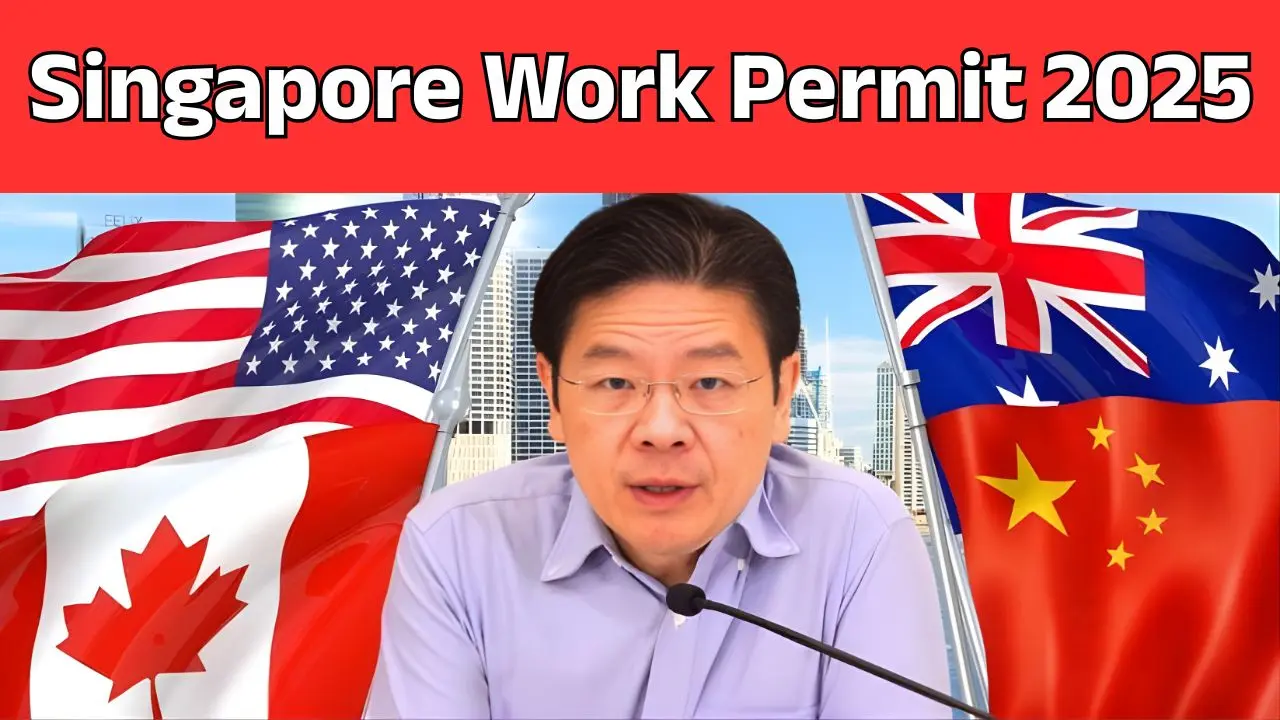Singapore has majorly sent forth work permit policy changes for the year 2025 in an attempt to strengthen its labor market while extending decent employability to locals as well as foreign workers. Changes have been made regarding the age limit, length of stay, and eligibility of holders of work permits, differing from sector to sector. This is a sort of reflection foremost on the government’s part toward bearing a competent, even, and sustainable workforce.
Updated Age Limit for Work Permit Holders
Under the 2025 guidelines, Singapore has revised the maximum age in respect of foreign workers, particularly in the construction, manufacturing, and service sectors. The 58-year age limit will now apply to most work permit holders, while certain experienced workers in key industries may be able to work until 60, aiming to acknowledge the value of older, skilled workers while promoting productivity and safety in the work environment.
Extended Duration of Stay
Furthermore, the MOM has extended the duration of expiry for eligible worker permits and work extensions. For work permit holders with clean employment records and with the sponsorship of an employer, extensions of as long as three years will now be possible, compared to a maximum of two years previously. The objective of this amendment is to reduce the turnover caused by administrative issues and to give more job security to the employer and foreign employee.
Revised Eligibility Criteria
From the year 2025, the eligibility criteria have been revised to cater to qualified and compliant workers entering the Singapore labor market. Checks on applicants in terms of health, skills, and background become stricter, whereas an appeal to the bona fide requirements of business needs is generated from employers seeking foreign talents. Priority shall be accorded to those who can be admitted along the lines of verified technical capabilities or professional training, or relevant certifications that comply with industry standards in Singapore.
Impact on Employer and Worker
Those new regulations would probably expedite work permit process, bolster labor standards in Singapore, and attract talented workers while protecting interests concerning local employment. They are hence advised that they familiarize themselves with these new directions and adjust recruitment plans accordingly to avoid any infringements.
Conclusion
The work permit amendments in 2025 seem to pivot the changes toward a more structured and balanced employment setting in its neighborhood. With the changed age limit overridden by the longer duration in-country and updated eligibility requirements for issuance, these updates shall balance economic needs with long-term workforce goals of this nation.
